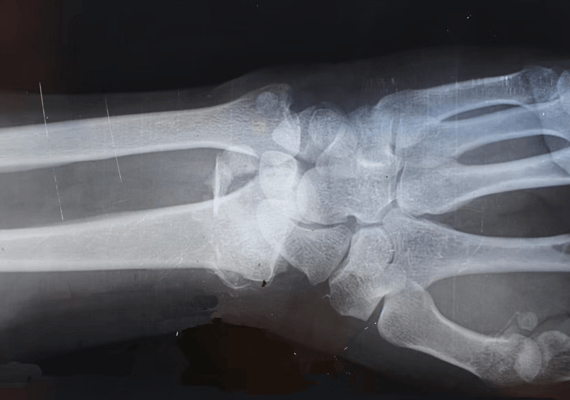Anual Physical Exam
Corpus Family Practice
An annual physical exam is known by several names – annual check-up, well-check, preventive care visit, etc. Regardless of how do you call it, an annual physical exam is focused on prevention. It is highly recommended that everyone has an annual physical exam every year, regardless of age.
Anual Physical Exam
What is an annual physical exam?
An annual physical exam is known by several names – annual check-up, well-check, preventive care visit, etc. Regardless of how do you call it, an annual physical exam is focused on prevention. It is highly recommended that everyone has an annual physical exam every year, regardless of age. The purpose is to determine the status of your health. In case you have any mild symptoms, you disregarded, this is a perfect opportunity to tell your doctor.
This can give way to early intervention and prevention of any health issues that you are currently at risk for. Moreover, it can help you have open communication with your doctor and give you an opportunity to share information about your symptoms and overall health. These exams are also used to update immunizations and check for possible ailments so they can be diagnosed and treated before symptoms even appear.
What is tested?
An annual physical exam lets you and your doctor assess your health status.
It can also show which areas of your health need attention, so they don’t cause bigger issues later on. Some of the examinations you can expect on an annual physical exam, are:
- Blood pressure – the measure of how high or how low the force of blood against your arteries is.
- Cholesterol – Measure the amount of cholesterol (good and bad) present in your blood.
- Blood glucose level – Measure the amount of glucose present in your blood. A blood glucose test is typically performed during fasting to get an accurate reading.
- Body mass index – Measure of your weight compared to your height.
Differences between male and female exams?
Annual physical exam for men, if necessary, can additionally include:
- Testicular exam – checking for lumps, tenderness, changes in size, etc.
- Hernia exam – checking for weakness in the abdominal wall and scrotum
- Penis exam – warts, ulcers
- Body mass index – Measure of your weight compared to your height.
A woman's annual exam might include:
- Breast exam – it is very important to do a yearly breast exam, as early detection is very important for the breast cancer
- Pelvic exam – routine checks for STDs are often done. PAP smear and HPV test are also very important in the early detection of cervical cancer
How to stay healthy between exams?
- Eat healthy food - Eat a combination of different foods, including fruit, vegetables, legumes, nuts, and whole grains.
- Decrease the intake of salt and sugar
- Practice regular physical activity - Regular physical activity helps improve your overall health and fitness and reduces your risk for many chronic diseases
Never disregard medical or professional advice, or delay seeking it, because of something you read on this website or a linked website. Never rely on information on this website in place of seeking professional medical advice.






